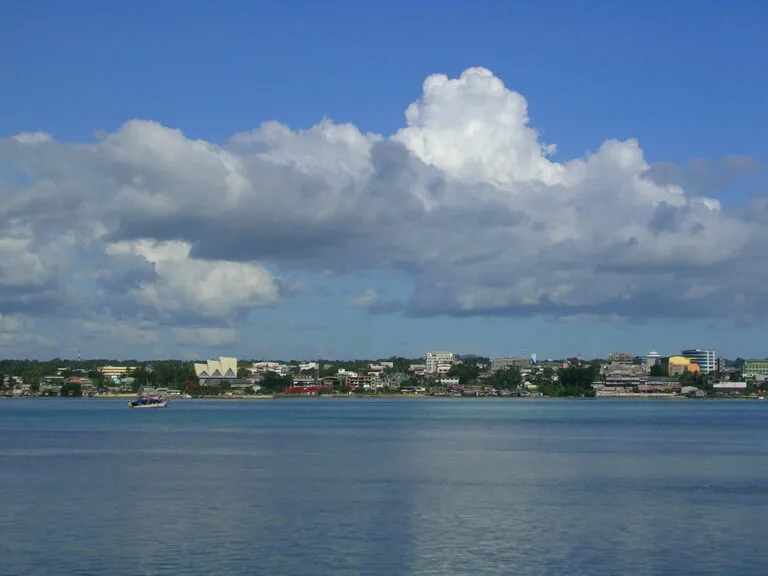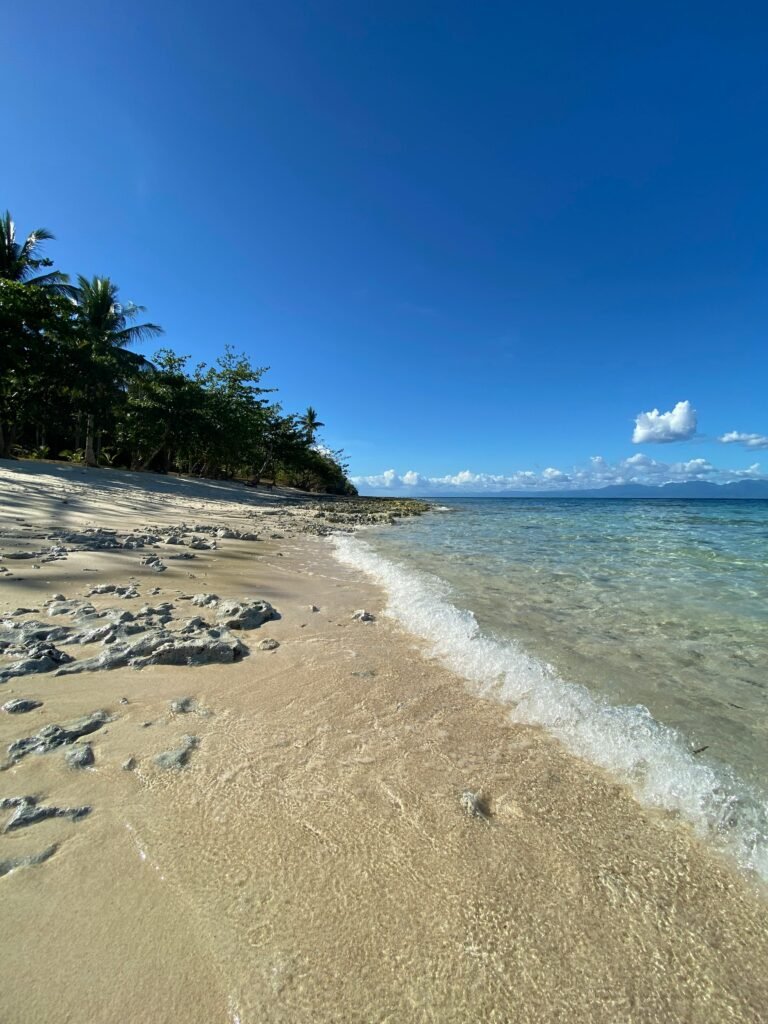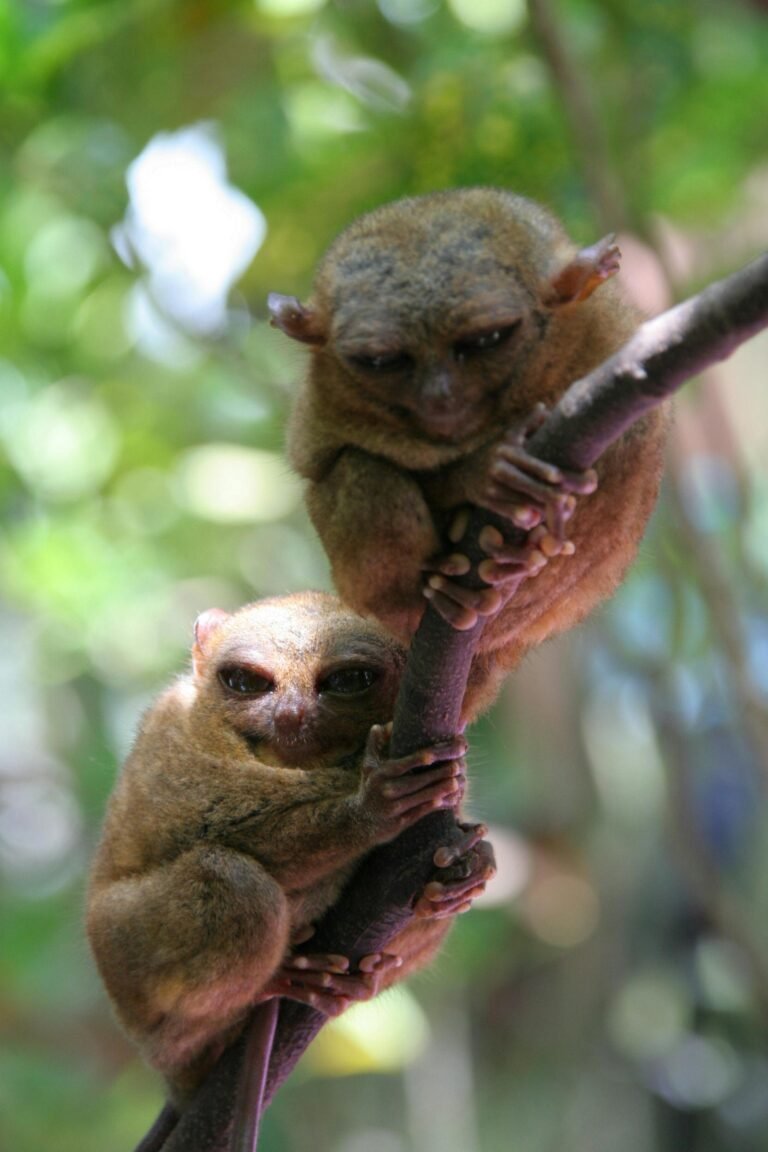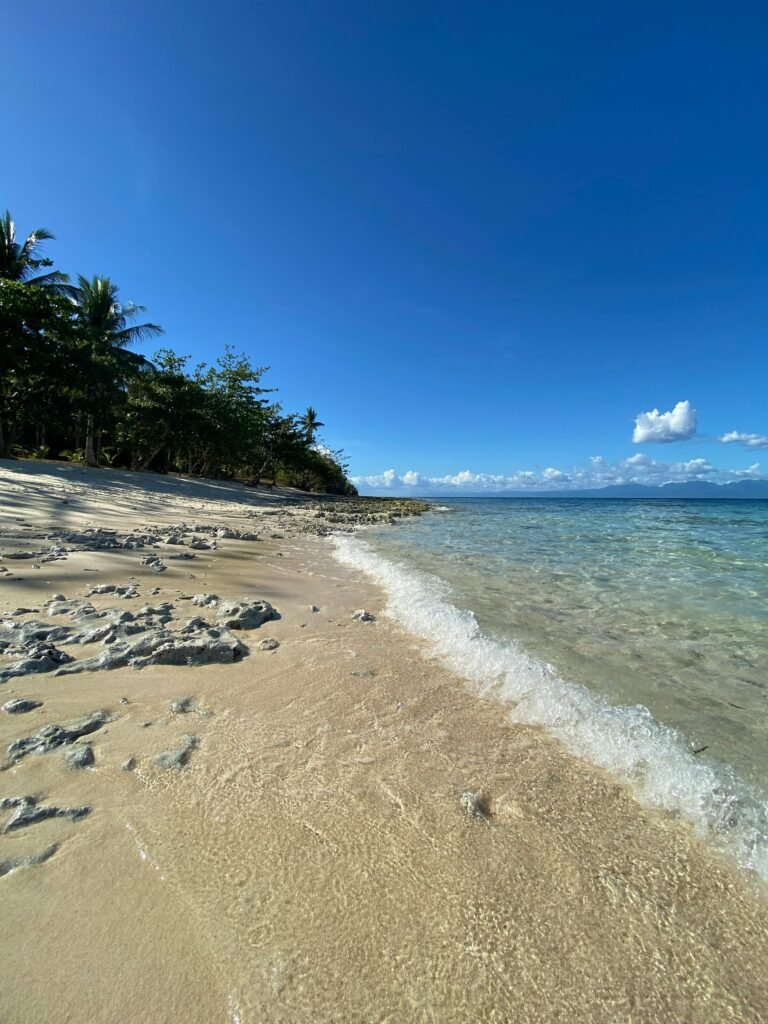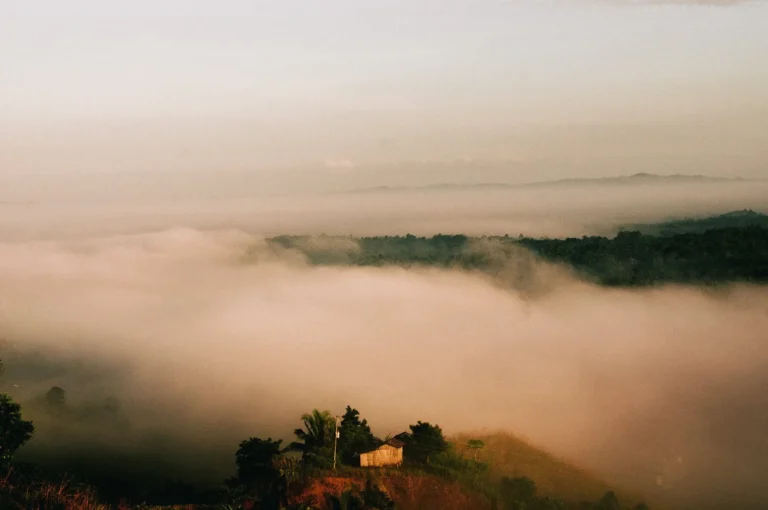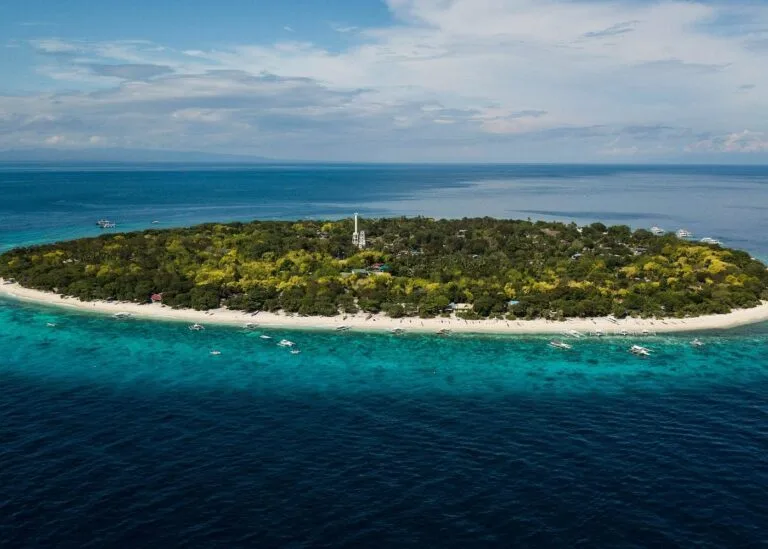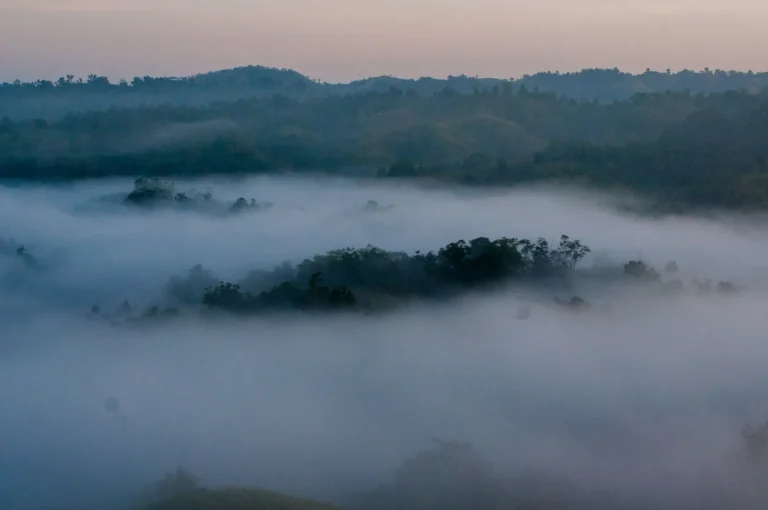Discover Bohol and Cebu
Where Paradise Meets Adventure – Your Complete Bohol & Cebu Guide
Welcome to your complete guide to Bohol Cebu travel, two of the most beautiful islands in the Philippines. Whether you want pristine beaches, historic churches, amazing marine life, or stunning mountain views, these twin destinations offer the perfect tropical escape.
Bohol is famous for its Chocolate Hills, cute tarsier monkeys, and historic towns like Baclayon and Loboc. It’s perfect for travelers who love nature, culture, and a slower pace of life. Read Bohol travel guide
Cebu gives you both city excitement and outdoor adventures. Book top-rated island hopping tours, swim with whale sharks in Oslob, or discover hidden waterfalls and hot springs in the mountains. Read Cebu travel guide
Whether you’re planning a family vacation, romantic honeymoon, or solo adventure, we’ve got everything you need. Our guides include the best hotels, money-saving tips, and trusted tour recommendations to help you book the perfect Bohol or Cebu vacation.
Start exploring below to plan your trip the smart way – avoid tourist traps, find the best deals, and book with confidence.
“It’s like stepping into paradise – without the crowds of Palawan or the party noise of Boracay.” – Travel Blogger from Australia
All Bohol and Cebu Tours & Excursions in 2025
- 👉 Secure your Bohol adventure before spots sell out” — trusted by 50K+ travelers with instant confirmation
- 👉 Swim with whale sharks tomorrow”” — last-minute Cebu packages with guaranteed availability
- 👉 Why choose when you can have both?” — Bohol + Cebu packages from ₱5,999
- “Book now, decide later with free cancellation”
Two Islands, Endless Possibilities
Whether you crave underwater encounters or highland mystique, each island offers unique treasures waiting to be discovered.
Choose Your Island Adventure
🌴 Bohol: Land of Natural Wonders
Experience geological marvels and meet the world’s smallest primates
Quick Highlights:
- Bohol Travel Guide Main hub
- 77 Epic Things to Do in Bohol
- 🍫 Chocolate Hills – 1,268 cone-shaped limestone formations across 50 km²
- 🐒 Tarsier Sanctuary – Meet endangered primates with saucer-sized eyes
- 🛶 Loboc River Cruise – Floating restaurant through emerald jungle canopy
- 🏖️ Panglao Beaches – Powder-white sands and world-class diving spots
- Tagbilaran City – Capital & gateway
- Anda Bohol – Hidden paradise
- Alona Beach – Premier beach destination
- Bohol Municipalities – 48 areas guide
🏞️ Cebu: Where History Meets Adventure
Dive with gentle giants and explore Spanish colonial heritage
Quick Highlights:
- Cebu Travel Guide Main hub
- 77 Epic Things to Do in Cebu
- 🐋 Oslob Whale Sharks – Swim alongside 12-meter gentle giants
- 💦 Kawasan Falls – Turquoise waterfalls perfect for canyoneering thrills
- ⛪ Magellan’s Cross – Where Christianity first arrived in the Philippines
- 🏝️ Moalboal Sardine Run – Witness millions of fish creating underwater tornadoes
- Mactan Island – Resort paradise
- Complete Guide to Cebu’s 44 Cities & Municipalities
All About Bohol and Cebu
Bohol Wildlife & Ecotourism Guide: Wildlife Viewing Equipment
Wildlife Viewing Equipment enhances observation opportunities while ensuring comfort and safety during Bohol ecotourism adventures across diverse habitats from dense forests to open marine environments. Essential Gear: Clothing Recommendations: Health and Safety Preparation: Working with Local…
Baclayon Church: Step into 300 Years of Boholano Faith and Stonework
Stone Walls, Silent Faith Standing before the massive coral-stone walls of Baclayon Church, weathered by three centuries of prayer, typhoons, and the relentless march of time, you witness one of the Philippines’ most remarkable testaments to…
Drive Through the Enchanted Bilar Man-Made Forest: A Complete Travel Guide
A Tunnel of Trees in the Heart of Bohol Imagine driving through a natural cathedral where towering mahogany trees form a perfect green tunnel overhead. Sunlight filters through the dense canopy, creating dancing shadows on the…
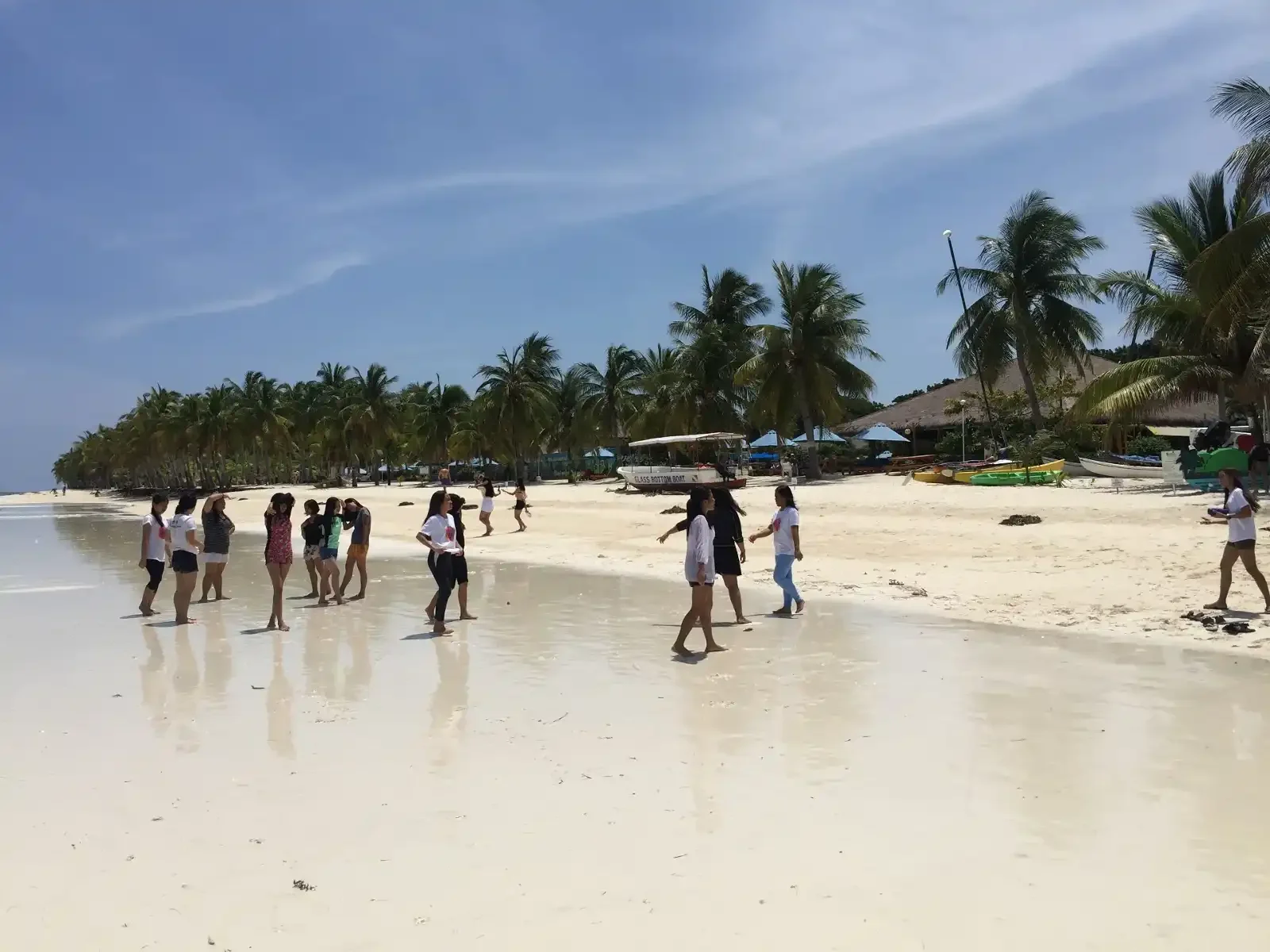
Sleep Where Paradise Calls Home
From barefoot luxury on pristine beaches to heritage hotels in historic districts, we’ve handpicked accommodations that enhance your island experience.
🏨 Find Your Perfect Island Sanctuary
Destination-Based Choices:
- 🌅 Panglao Island – Beachfront resorts steps from Alona Beach’s coral gardens
- 🏖️ Mactan Island – Resort havens with private beaches and world-class spas
- 🏙️ Cebu City – Heritage hotels walking distance from colonial landmarks
- 🌊 Moalboal – Boutique stays overlooking sardine run diving spots
- Best Tagbilaran Business Hotels
- Tagbilaran Hotels for Fast Ferries
- Best Bohol-Panglao International Airport Hotels
- Best Chocolate Hills Hotels
- Bohol Tarsier Sanctuary Hotels
- Best Loboc River Hotels
- Top Anda Bohol Beachfront Resorts
- Alona Beach Hotels, Hostels, and Villas
- Top Tagbilaran Serviced Apartments
- Top 4-Star Hotels in Bohol
Family-Friendly
- Best Family Resorts in Bohol
- Panglao’s Top Family-friendly Resorts (Kids stay free)
- Bohol Villas and Private Pool Homes (Families/groups)
Specialized Stays
- Eco-Resorts and Farm Stays
- Charming Bohol Bed and Breakfasts
- Best Bohol Hotels with Tour Pickup Access
- Bohol Hotels with Pools and Free Breakfast
- Top Bohol Hotels with Airport Transfers
:
Style-Based Selections:
- 👪 Family Havens – Kid-friendly pools, connecting rooms, and cultural activities
- 💑 Romantic Retreats – Private villas, couples’ spa treatments, sunset dining
- 👪 Family Havens – Kid-friendly pools, connecting rooms, and cultural activities
- 🏖️ Beachfront Bliss – Wake up to waves, infinity pools, and coconut groves
- 💸 Smart Stays – Comfortable accommodations that don’t break the budget
Luxury & Resorts
- Luxury Bohol Resorts (Private beach access)
- Best Alona Beach Hotels (Top 5 beachfront)
- Romantic Hotels and Resorts for Couples
- Best Boutique Hotels Panglao
- Top Bohol Beach Resorts
Budget & Backpacker
- Bohol Budget Hotels for Backpackers
- Best Panglao Hostels (Solo travelers & backpackers)
Best Tagbilaran Business Hotels for Comfort and Connectivity
Tagbilaran is the capital of Bohol — a gateway for ferries, city meetings, and short-term business stays. Whether you’re here for a conference, real estate inspection, or coordination work, these hotels offer strong Wi-Fi, good food,…
Best Bohol Hotels with Tour Pickup Access
🚐 Best Hotels in Bohol with Easy Tour Pickup Access Don’t want to deal with transport coordination while in Bohol? These hotels and resorts are well-known stops for tour pickups — whether you’re heading out for…
Best Bohol Tarsier Sanctuary Hotels
Seeing the world’s smallest primate — the Philippine tarsier — is a must in Bohol. These hotels are located near the Tarsier Sanctuary in Corella, or other nearby conservation areas in Loboc and Bilar. Stay close…
Skip the Crowds, Embrace the Magic
Join small-group adventures led by passionate locals who reveal hidden waterfalls, secret viewpoints, and cultural treasures you won’t find in guidebooks.
🚐 Unforgettable Tours & Authentic Experiences
Signature Bohol Experiences:
- Bohol Tours: Ultimate Island Paradise Experience
- 🚐 Countryside Discovery – Chocolate Hills sunrise, tarsier encounters, historical churches
- 🛶 Island Hopping Classics – Dolphin watching, snorkeling virgin reefs, floating lunch
- 🌅 Photography Tours – Golden hour at iconic landmarks with professional guides
- 🎭 Cultural Immersion – Traditional weaving, local cooking classes, village homestays
Tour Reviews
Epic Cebu Adventures:
- Cebu Tours: Queen City Adventure Hub
- Private Cebu to Bohol 2D/1N Tour Package Review
- Best Cebu Tours and Activities
- 77 Epic Things to Do in Cebu and Bohol (Bookable)
- 🐋 Whale Shark Encounters – Ethical swimming experiences with marine biologists
- 🧗 Canyoneering Thrills – Navigate turquoise pools and natural water slides
- 🏙️ Heritage Walks – Spanish colonial stories with local historians
- 🌴 Multi-Island Expeditions – Bantayan, Malapascua, and hidden coves
Tour Packages
Bohol & Cebu Tours & Authentic Experiences
77 Epic Things to Do in Cebu: Your Ultimate Cebu Adventure Guide
Welcome to Cebu, the Queen City of the South and gateway to endless Philippine adventures! From swimming with gentle whale sharks in Oslob to cliff jumping at Kawasan Falls, from pristine white sand beaches in Bantayan…
🌍 Best Day Tours from Bohol (Cebu, Pamilacan, Anda & More)
Region: Bohol + Cebu Already explored Bohol’s core attractions? These day trips from Bohol take you further — to marine sanctuaries, hidden beaches, and even to Cebu — all in one unforgettable day. Easy transfers, scenic…
Best Cebu Tours and Activities You Can Book Now
Looking for unforgettable things to do in Cebu? This island province offers a mix of thrilling adventures, historical landmarks, island hopping, and luxury escapes. We’ve handpicked the top Cebu tour packages, including private day tours, multi-day…
Travel Like a Local, Arrive Like a VIP
Navigate between islands, airports, and attractions effortlessly with our vetted transport partners and insider routing tips.
🚖 Seamless Island Transportation
Essential Transport Services:
- Complete Bohol and Cebu Transportation Guide 2025
- 🛫 Airport Pickups – Skip taxi queues with pre-booked transfers to any destination
- 🛳️ Bohol Cebu Ferry Travel Guide 2025 – Cebu-Bohol routes with schedule updates and booking assistance
- 🚐 Private Transfers – Comfortable air-conditioned vehicles for groups and families
- 🛵 Motorbike Rentals – Freedom to explore at your own pace with safety gear included
Smart Travel Solutions:
- 📱 Real-Time Ferry Updates – Never miss connections with live schedule notifications
- 🗺️ Route Optimization – Efficient multi-stop itineraries saving time and money
- 🛡️ Travel Insurance – Peace of mind coverage for all transport bookings
- 📞 24/7 Support – Local emergency contacts and assistance hotline
Best of Transport
Philippine Airlines: Premium Domestic & International Flights from Cebu & Manila
Experience the Philippines’ flag carrier with Philippine Airlines (PAL), offering premium service and generous baggage allowances on domestic and international routes since 1941. With an excellent 4.5-star rating from 48+ verified reviews and 95.8% customer satisfaction,…
Cebu Pacific Air: Budget Flights Between Cebu & Manila + International Routes
Skip the 22-hour ferry journey and fly between Cebu and Manila in just 1.5 hours with Cebu Pacific Air, the Philippines’ leading budget airline. Operating multiple daily flights on this popular domestic route, Cebu Pacific offers…
ApekopTravel Ferry: Direct Panglao-Oslob & Bohol-Siquijor Connections
Experience seamless island-hopping adventures with ApekopTravel, a specialized ferry operator connecting Bohol’s stunning destinations to whale shark encounters in Oslob and mystical Siquijor Island. With a 4.2-star rating from 180+ verified reviews and 91.1% customer satisfaction,…
Travel Smarter with Local Secrets
Avoid tourist traps and cultural missteps with advice from locals who’ve been sharing these islands’ secrets for generations.
💡 Insider Travel Intelligence
Pre-Trip Essentials:
- Bohol Map Compilation
- Best Travel Tips Online Apps
- 📅 Perfect Timing Guide – Avoid typhoons, catch festivals, find the best weather windows
- 💸 Money Mastery – ATM locations, tipping customs, bargaining etiquette
- 👚 Tropical Packing – Climate-appropriate clothing and reef-safe essentials
- 📱 Connectivity Solutions – Best SIM cards, WiFi spots, offline map downloads
- 🛡️ Safety Protocols – Emergency contacts, health precautions, common-sense guidelines
Cultural Navigation:
- 🗣️ Essential Cebuano Phrases – Impress locals and enhance experiences
- 🙏 Respectful Travel – Temple etiquette, photography permissions, local customs
- 🍽️ Food Adventures – Must-try dishes, dietary accommodations, food safety tips
- Bohol Kalamay Guide (Sticky rice delicacy)
- Bohol Peanut Kisses (Sweetest souvenir)
Shopping & Souvenirs
- Ultimate Bohol Shopping Guide (30+ best pasalubong)
Entertainment
Bohol & Cebu Travel Guides
🌅 Best Places for Stunning Bohol Sunset Photos – Tips for Travelers
Bohol, Philippines, is a paradise for sunset chasers with its golden skies, tropical vibes, and jaw-dropping landscapes. Whether you’re snapping pics for your socials or just soaking in the moment, Bohol’s sunsets are pure magic. From…
🐢 Balicasag Island Snorkeling Tour – Turtles, Reef, and Rates
Balicasag Island, just 6 km southwest of Panglao, Bohol, is a world-class snorkeling and diving destination. Known for its vibrant coral gardens, colorful reef fish, and gentle green sea turtles, it’s a must-do experience for nature…
How to Book Pamilacan Island Dolphin Watching Tour
Just off the coast of Baclayon, Bohol lies Pamilacan Island—a peaceful coral island known for dolphin watching, occasional whale sightings, and laid-back snorkeling. If you’re planning a Bohol adventure, this early-morning tour is a magical way…
Explore Beyond the Postcard
Discover the stories, legends, and hidden perspectives behind the Philippines’ most photographed landmarks.
📍Iconic Destinations Deep Dives
Bohol’s Crown Jewels:
- Updates – Latest articles
- 🍫 Chocolate Hills Mystery – Geological formation theories and best viewing angles
- 🐒 Tarsier Conservation – Endemic species protection and ethical viewing practices
- 🏛️ Baclayon Church Heritage – 400-year-old stone architecture and historical significance
- 🌊 Panglao Marine Sanctuary – Biodiversity hotspot with 250+ fish species
Monthly Events – Bohol:
- Things to Do in Bohol in January 2026
- Things to Do in Bohol in February 2026
- Things to Do in Bohol in March 2026
- Things to Do in Bohol in April 2026
- Things to Do in Bohol in May 2026
- Things to Do in Bohol in June 2026
- Things to Do in Bohol in July 2026
- Things to Do in Bohol in August 2025
- Things to Do in Bohol in September 2025
- Things to Do in Bohol in October 2025
- Things to Do in Bohol in November 2025
- Things to Do in Bohol in December 2025
Cebu’s Living History:
- ⛪ Magellan’s Cross Legend – Where East met West in 1521
- 🐋 Oslob Ecosystem – Whale shark behavior and responsible tourism practices
- 🏞️ Temple of Leah Romance – Modern architectural tribute to eternal love
- 🏝️ Siquijor Island Mystique – Folklore, healing traditions, and natural wonders
Cebu Monthly Events:
- Things to Do in Cebu in January 2026
- Things to Do in Cebu in February 2025
- Things to Do in Cebu in March 2025
- Things to Do in Cebu in April 2025
- Things to Do in Cebu in May 2025
- Things to Do in Cebu in June 2025
- Things to Do in Cebu in July 2025
- Things to Do in Cebu in August 2025
- Things to Do in Cebu in September 2025
- Things to Do in Cebu in October 2025
- Things to Do in Cebu in November 2025
- Things to Do in Cebu in December 2025
Discover Bohol & Cebu
Sea of Clouds Bohol: Hike to Sunrise Magic at Alicia Panoramic Park
Bohol’s Sky-Level Sunrise Experience Picture yourself standing on a mountain ridge in pre-dawn darkness, watching the first golden rays of sunrise illuminate a carpet of clouds rolling beneath your feet like a celestial ocean. This magical…
Top 10 Bohol Adventure Activities for Thrill-Seekers
Think Bohol is just quiet countryside tours and sleepy beaches? Think again. This island paradise packs serious adventure punch for thrill-seekers and active travelers. From soaring 200 meters above jungle canopies to roaring ATVs around the…
🐠 Ultimate Cebu Adventure: Pescador Island Hopping, Sardine Run, Turtle Watching, and Kawasan Falls Canyoneering
The Pescador Island Hopping, Sardine Run, Turtle Watching, and Kawasan Falls Canyoneering Tour is a high-energy, full-day adventure that combines Cebu’s most exhilarating marine and terrestrial experiences into one unforgettable package. Perfect for thrill-seekers and nature…
Ready to make your island dreams reality? Book with confidence through our verified local partners and unlock exclusive experiences that create lifelong memories.
Exclusive 7-Day Cebu & Bohol Private Discovery
Experience luxury island exploration! Book your 7-day private Cebu-Bohol discovery now for exclusive access and personalized twin-island adventures!
⭐ “4.9/5 stars from 2,847 travelers”
🏆 “Recommended by Lonely Planet & Travel + Leisure”
🛡️ “100% satisfaction guarantee on all bookings”
Cebu Travel Guide
“Want to extend your adventure? Discover Cebu’s vibrant culture, beautiful beaches, and exciting activities just a ferry ride away from Bohol.”
“Cebu is the gateway to your next adventure. Explore top Cebu destinations like Kawasan Falls, Moalboal, and more with our curated travel guides and tours.”



